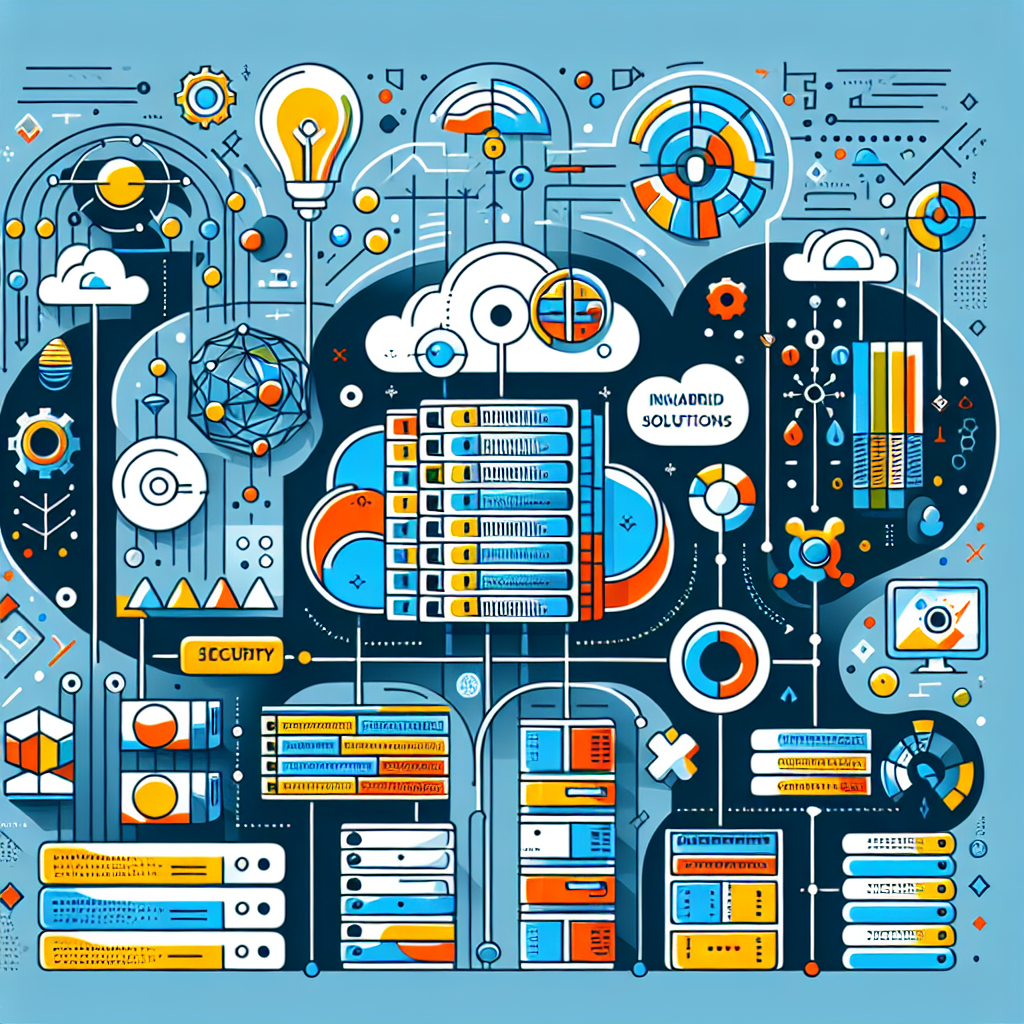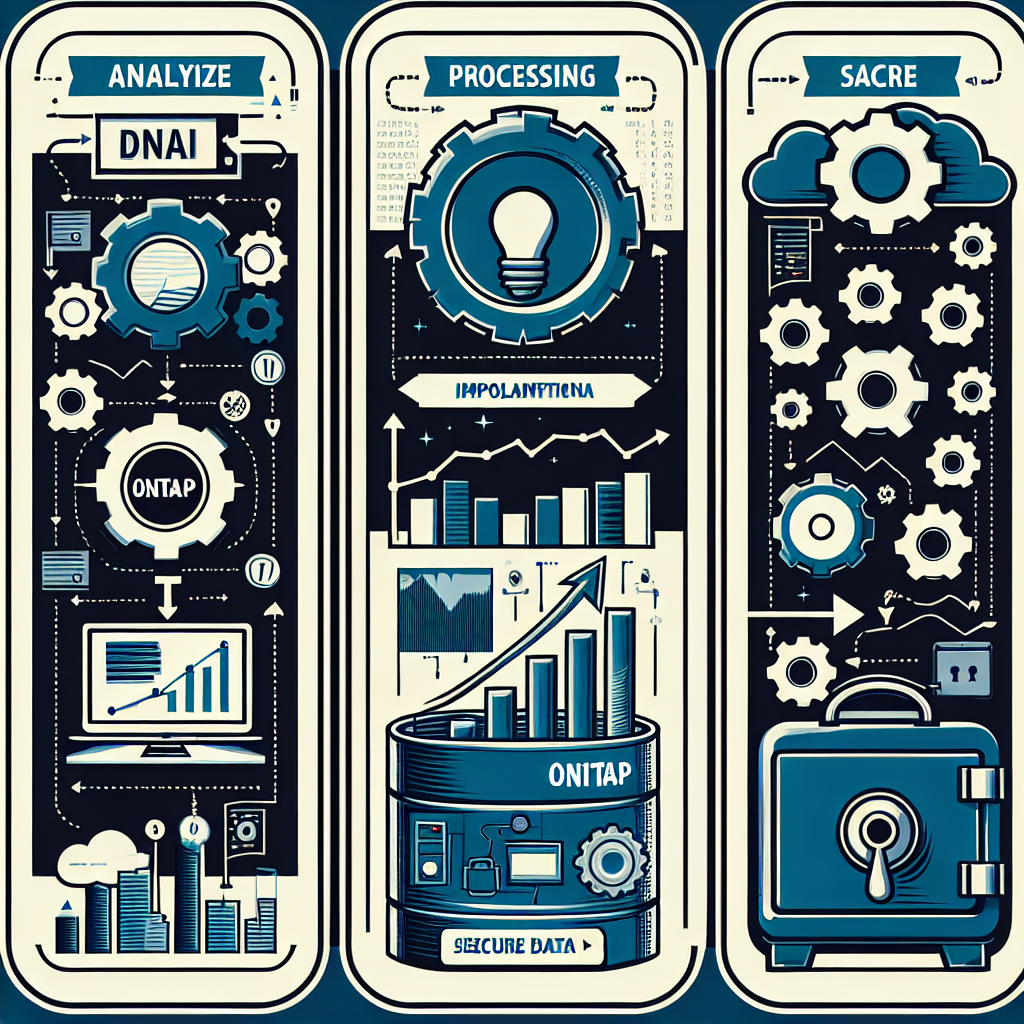Hybrid cloud infrastructure has become increasingly popular among organizations looking to leverage the benefits of both public and private cloud environments. By combining the scalability and cost-effectiveness of the public cloud with the control and security of the private cloud, organizations can create a flexible and efficient IT environment that meets their unique needs.
However, implementing a hybrid cloud infrastructure is not without its challenges. There are several key considerations that organizations must take into account in order to successfully deploy and manage a hybrid cloud environment.
One of the first considerations that organizations must address is determining their specific business requirements and goals for implementing a hybrid cloud infrastructure. This includes identifying the workloads and applications that will be running in the hybrid cloud, as well as the performance, security, and compliance requirements that must be met.
Once these requirements have been established, organizations must then consider the technical aspects of implementing a hybrid cloud infrastructure. This includes selecting the right combination of public and private cloud providers, as well as determining how data will be transferred and stored between the two environments.
Security is another important consideration when implementing a hybrid cloud infrastructure. Organizations must ensure that sensitive data is protected both in transit and at rest, and that appropriate access controls are in place to prevent unauthorized access to data.
In addition, organizations must consider how they will manage and monitor their hybrid cloud environment. This includes implementing automation tools and processes to streamline management tasks, as well as monitoring and reporting tools to ensure the performance and availability of the hybrid cloud infrastructure.
Finally, organizations must consider the cost implications of implementing a hybrid cloud infrastructure. While the pay-as-you-go model of the public cloud can be cost-effective for certain workloads, organizations must also consider the cost of maintaining a private cloud environment and the potential costs of data transfer between the two environments.
In conclusion, implementing a hybrid cloud infrastructure can be a complex and challenging process, but with careful planning and consideration of key factors such as business requirements, technical considerations, security, management, and cost, organizations can successfully deploy and manage a hybrid cloud environment that meets their unique needs and goals.












